Home>Ideas and Tips>Creating A Stylish And Practical Home Office With Built-in Hydroponic Garden
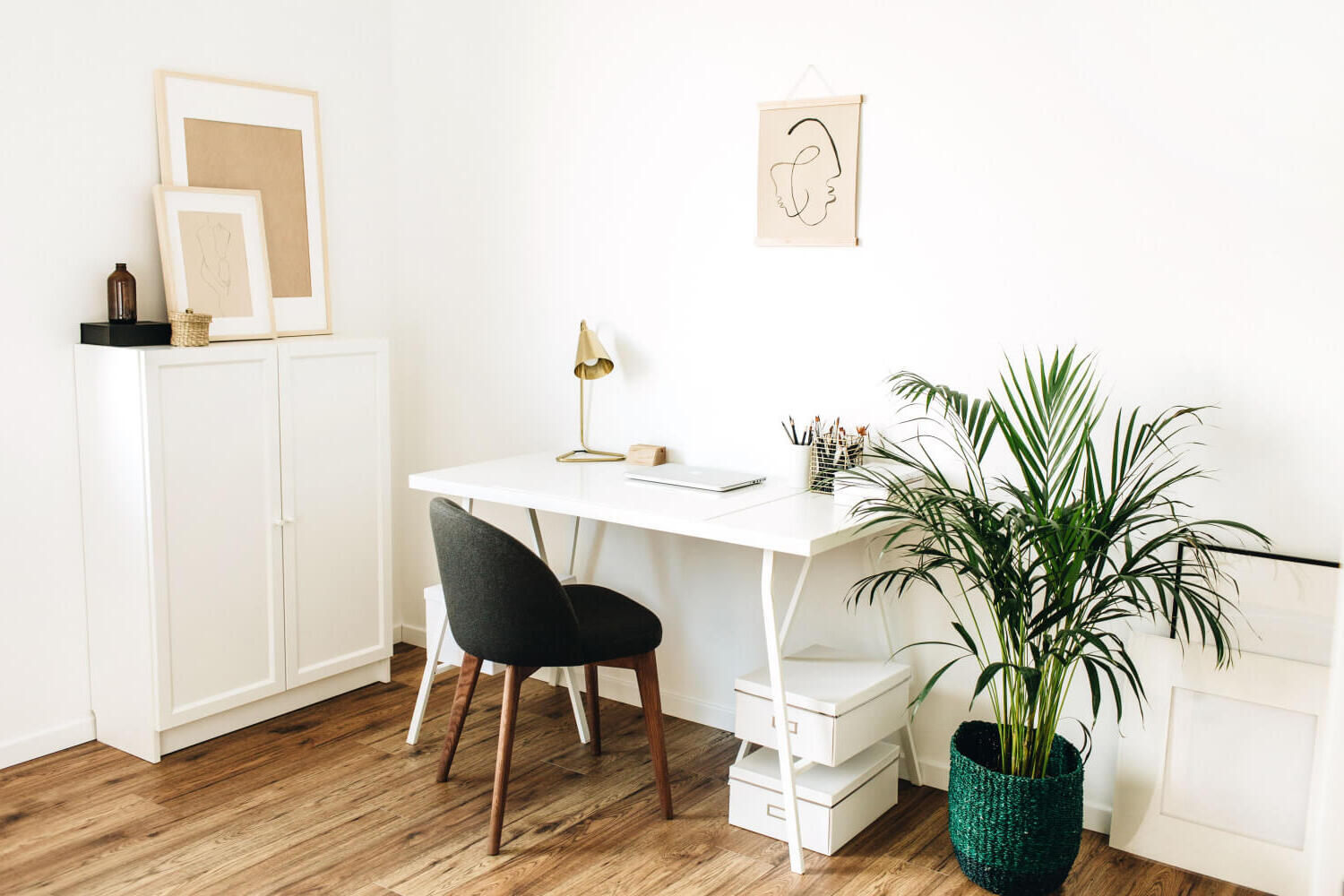

Ideas and Tips
Creating A Stylish And Practical Home Office With Built-in Hydroponic Garden
Modified: October 20, 2024
Transform your workspace with a built-in hydroponic garden. Learn how to create a stylish, productive, and sustainable home office.
(Many of the links in this article redirect to a specific reviewed product. Your purchase of these products through affiliate links helps to generate commission for Storables.com, at no extra cost. Learn more)
Creating a stylish and practical home office with a built-in hydroponic garden is not just a dream, it's totally doable. Imagine having a workspace that's not only functional but also green and sustainable. You can have fresh herbs, veggies, or even flowers growing right next to your desk. This setup can boost your productivity and make your office a more pleasant place to be. Plus, it's a great way to bring a bit of nature indoors, which can be a real mood booster.
Benefits of Hydroponic Gardening
Hydroponic gardening offers a bunch of benefits that make it a great choice for a home office. First off, it's super space-efficient. You don't need a big backyard or even a lot of room to get started. Hydroponic systems can be designed to fit into small spaces, making them perfect for apartments or small offices. Plus, you can grow plants year-round, no matter what the weather's like outside. This means you can have fresh produce all year long.
Another big plus is water conservation. Hydroponic systems use a lot less water than traditional soil-based gardening. They recycle water, so you're not wasting as much. This is great for the environment and can save you money on your water bill. Plus, because the plants are grown in a controlled environment, there's less risk of pests and diseases. This means you can grow healthier plants without using a lot of pesticides.
Hydroponic systems also allow for precise nutrient management. You can control exactly what nutrients your plants are getting, which can lead to better growth and healthier plants. This is especially important if you're growing food, as it can lead to more nutritious produce.
Design Considerations
When designing a home office with a built-in hydroponic garden, there are a few things to keep in mind. First, think about lighting. Plants need light to grow, so you'll need to make sure your hydroponic garden gets enough light. If you can, position it near a window to take advantage of natural light. If that's not possible, you can use high-intensity LED grow lights. These lights are designed to provide the right kind of light for plant growth and can be adjusted to meet the needs of different plants.
Next, consider the space and layout. You'll want to choose a hydroponic system that's compact and fits into your available space. Modular systems are a great option because they can be expanded or rearranged as needed. This makes them perfect for small spaces. Also, think about how the hydroponic garden will integrate with your existing furniture. You want it to blend seamlessly with your home office decor. This could mean using wooden enclosures or sleek glass containers to house your plants.
Aesthetics are also important. You want your hydroponic garden to look good and enhance the overall look of your office. Consider adding decorative elements like plants with attractive foliage or colorful flowers. This can make your office a more pleasant place to be and can even boost your mood and productivity.
Functionality is another key consideration. Make sure your hydroponic system has good air circulation to prevent moisture buildup and reduce the risk of mold and pests. Also, think about how you'll manage nutrients. Automated dosing systems can make this easier and ensure your plants are getting the right nutrients.
Finally, consider maintenance. Choose a hydroponic system that's easy to maintain. This includes systems with simple reservoirs and minimal mechanical components. Regular maintenance is important to keep your plants healthy and your system running smoothly.
Step-by-Step Instructions for Setting Up a Hydroponic Garden
Step 1: Choose Your Hydroponic System
There are several types of hydroponic systems to choose from, each with its own pros and cons. Here are a few options:
-
Deep Water Culture (DWC): This system involves placing the roots of the plants in a container filled with nutrient-rich water. It's simple to set up and maintain but requires an air pump for oxygenation.
- Pros: Low maintenance, easy to set up.
- Cons: Requires an air pump, limited vertical space.
-
Nutrient Film Technique (NFT): This system involves pumping a continuous flow of nutrient-rich water through narrow channels where the roots of the plants grow.
- Pros: High yield, efficient use of space.
- Cons: Requires a pump and tubing, can be more complex to set up.
-
Ebb and Flow (Flood and Drain): This system involves flooding the grow bed with nutrient-rich water at regular intervals and then draining it back into the reservoir.
- Pros: Easy to set up, can be used for a variety of plants.
- Cons: Requires a pump and timer, can be noisy.
-
Drip Irrigation: This system involves delivering nutrients directly to the roots of the plants through a network of tubes and drippers.
- Pros: High precision in nutrient delivery, low water waste.
- Cons: Requires a pump and tubing, can be more expensive.
Step 2: Select Your Plants
Choosing the right plants is crucial for a successful hydroponic garden. Some plants are better suited for indoor growing conditions and hydroponic systems. Here are a few options:
- Leafy Greens: Lettuce, kale, and spinach are all excellent choices for hydroponic gardens. They're easy to grow and don't require a lot of space.
- Herbs: Basil, mint, and cilantro are popular herbs that thrive in hydroponic environments. They can add fresh flavors to your meals and are easy to grow.
- Microgreens: These young versions of leafy greens and herbs are nutrient-dense and easy to grow. They can be harvested quickly and add a burst of flavor to your dishes.
Step 3: Prepare Your Space
Before setting up your hydroponic garden, make sure your home office space is ready. Here are a few steps to follow:
- Clear the Area: Remove any clutter from the area where you plan to set up your hydroponic garden. This will give you a clean, organized space to work with.
- Install Lighting: If you're using LED grow lights, install them according to the manufacturer's instructions. Make sure they're positioned to provide adequate light for your plants.
- Check Ventilation: Ensure good ventilation in the room to prevent the buildup of moisture. This can help reduce the risk of mold and pests.
Step 4: Set Up Your Hydroponic System
Once your space is ready, it's time to set up your hydroponic system. Follow these steps:
- Assemble the System: Follow the manufacturer's instructions to assemble the system components such as grow beds, reservoirs, pumps, and tubing.
- Connect Components: Connect all components according to the manufacturer's instructions. Make sure everything is securely in place.
- Add Nutrients: Add the necessary nutrients to the reservoir based on the manufacturer's recommendations or your own research. This will provide your plants with the essential nutrients they need to grow.
Step 5: Add Plants
With your system set up, it's time to add your plants. Follow these steps:
- Prepare Planting Medium: Prepare your planting medium according to the manufacturer's instructions or your own research. This will provide a stable environment for your plants' roots.
- Plant Your Crops: Plant your chosen crops into the grow beds or containers provided by your hydroponic system. Make sure they're spaced properly to allow for growth.
- Monitor Conditions: Keep an eye on temperature, pH levels, and nutrient levels closely during the initial stages of plant growth. This will help ensure your plants get off to a good start.
Tips for Maintaining Your Hydroponic Garden
Maintaining a hydroponic garden requires regular monitoring and adjustments. Here are a few tips to keep your garden healthy:
- Check pH Levels: Regularly check pH levels in the reservoir and adjust as necessary. This will help ensure your plants are getting the right nutrients.
- Monitor Nutrient Levels: Ensure that nutrient levels are optimal for plant growth. This can help prevent nutrient deficiencies and promote healthy growth.
- Maintain Air Circulation: Ensure proper air circulation within the system to prevent moisture buildup. This can help reduce the risk of mold and pests.
- Prune Plants: Regularly prune plants to promote healthy growth and prevent overcrowding. This can help ensure your plants have enough space to grow.
Integrating Your Hydroponic Garden with Home Office Furniture
To create a seamless integration between your hydroponic garden and home office furniture, consider the following tips:
- Choose Aesthetic-Friendly Systems: Opt for hydroponic systems that blend well with your home office decor. This can help create a cohesive look and make your office a more pleasant place to be.
- Use Decorative Elements: Add decorative elements like wooden enclosures or sleek glass containers to enhance the aesthetic appeal of the space. This can help make your hydroponic garden a focal point in your office.
- Incorporate Storage: Incorporate storage solutions like shelves or drawers to keep your workspace organized while maintaining the beauty of the hydroponic garden. This can help ensure your office remains functional and clutter-free.
Creating a stylish and practical home office with a built-in hydroponic garden is not only possible but also highly rewarding. By understanding the benefits of hydroponic gardening, considering design elements, choosing the right system, selecting suitable plants, preparing your space, setting up the system, adding plants, and maintaining it regularly, you can enjoy a sustainable and productive workspace that integrates seamlessly into your home office design.
Incorporating hydroponic gardening into your home office not only enhances productivity but also provides fresh produce year-round while promoting sustainability and reducing carbon footprint. With the right planning and execution, you can transform any space into a mini food farm that adds both functionality and beauty to your home office environment.
Was this page helpful?
At Storables.com, we guarantee accurate and reliable information. Our content, validated by Expert Board Contributors, is crafted following stringent Editorial Policies. We're committed to providing you with well-researched, expert-backed insights for all your informational needs.
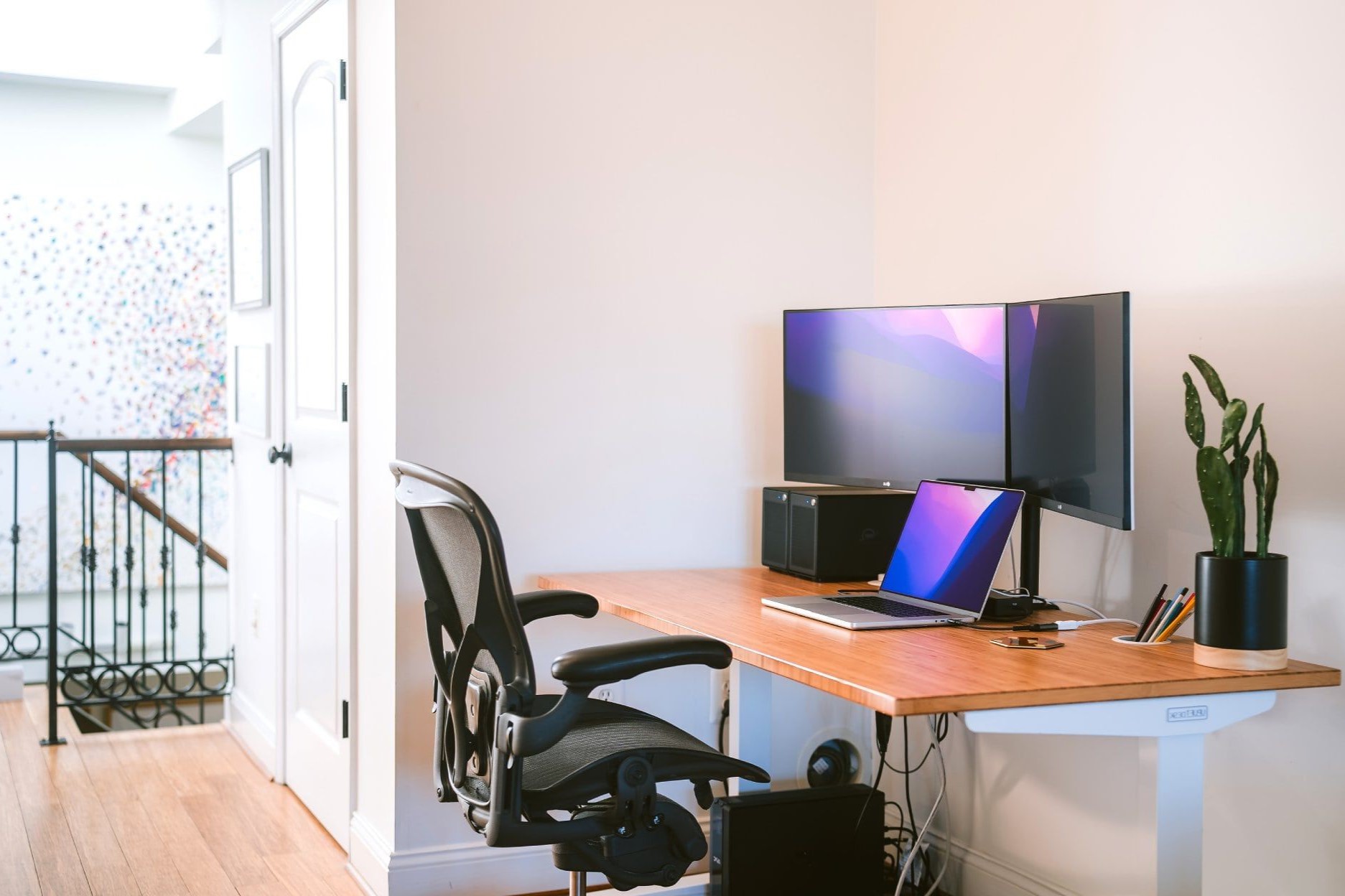
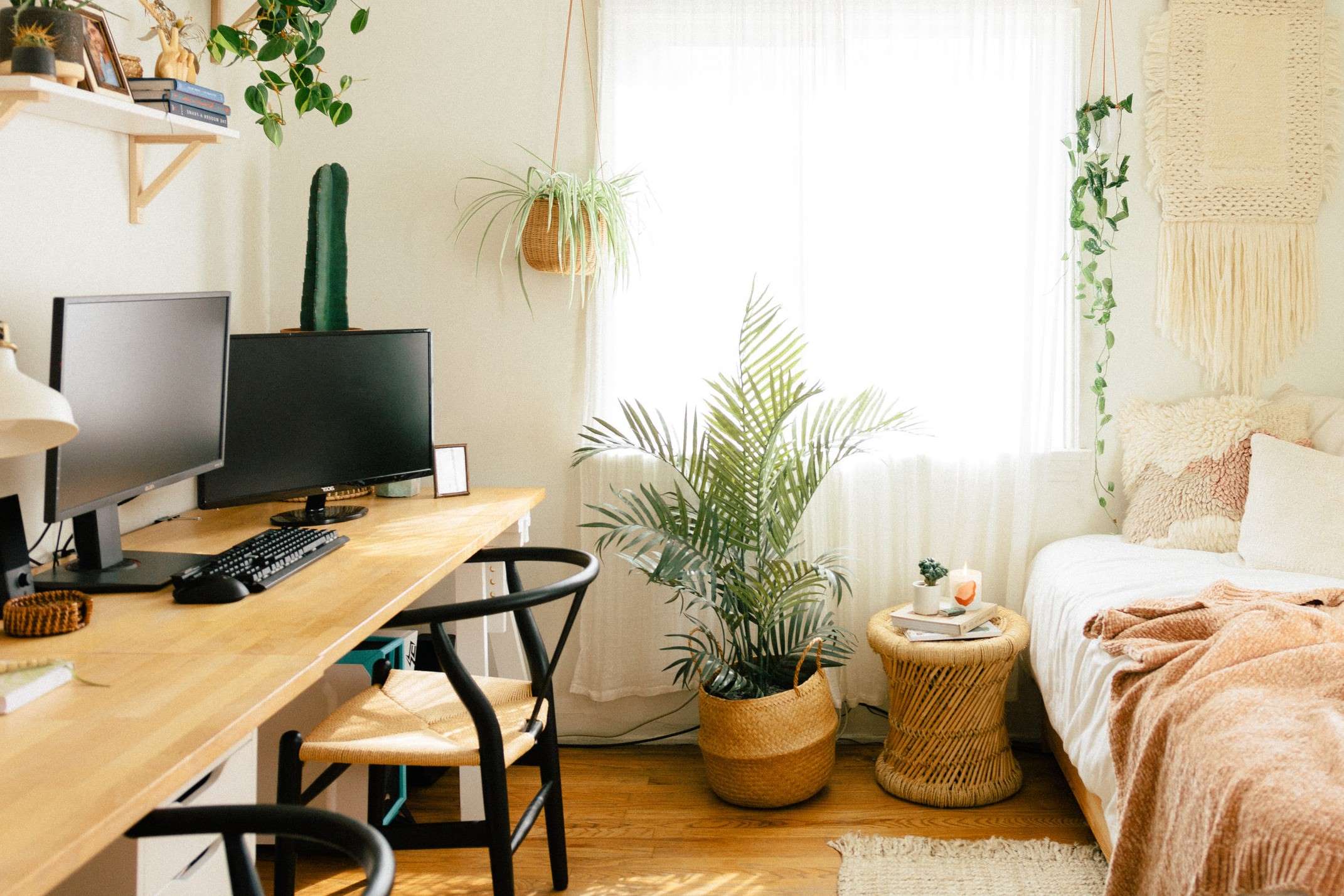
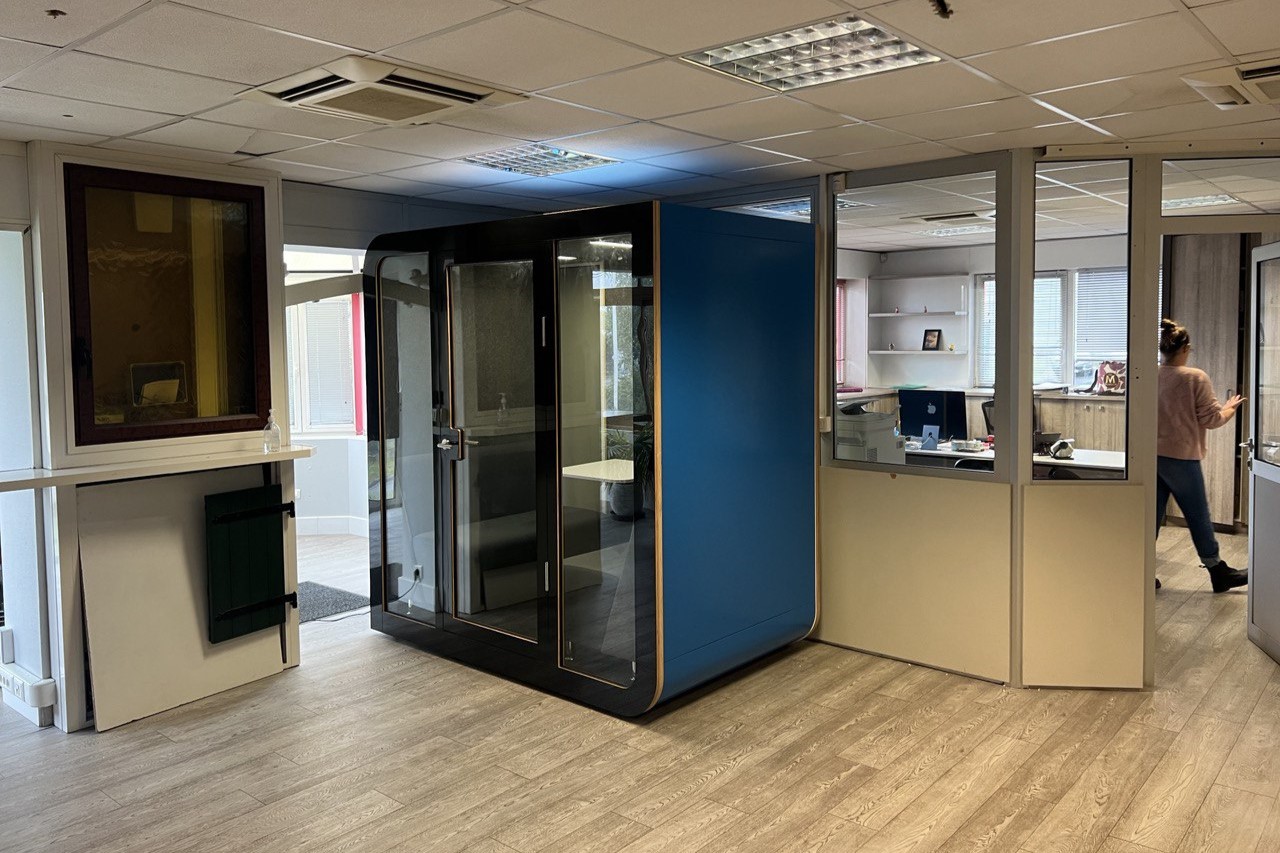
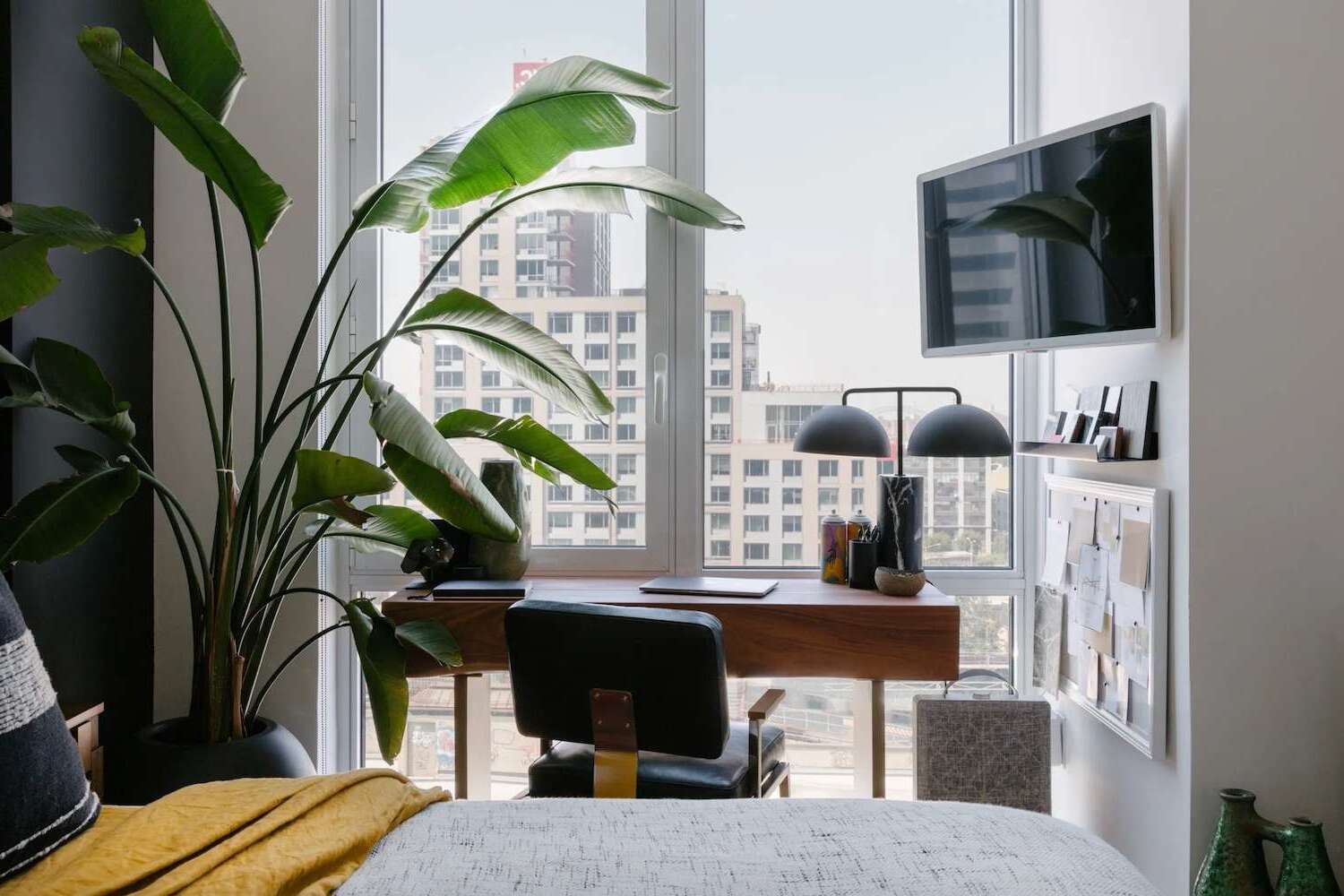
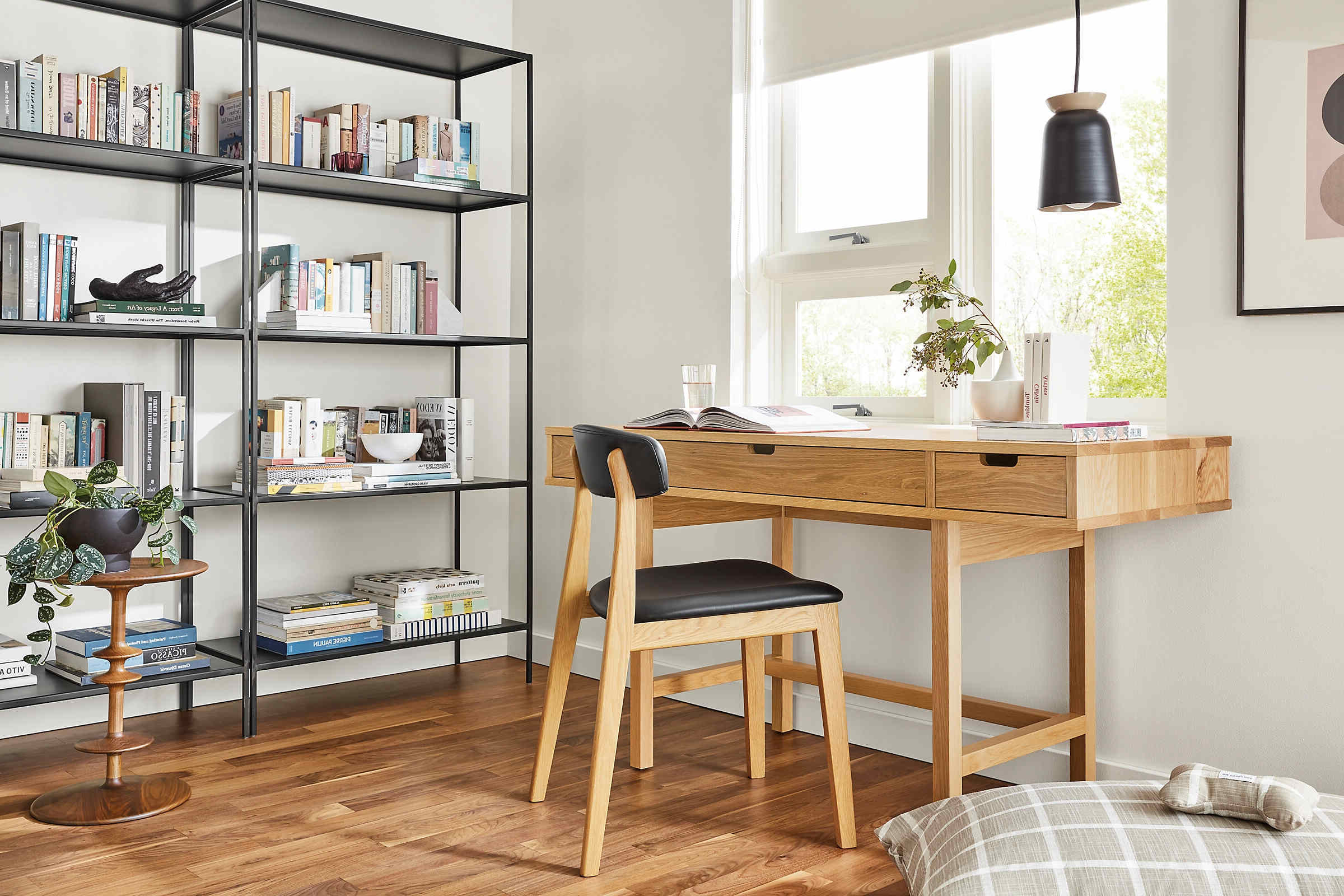
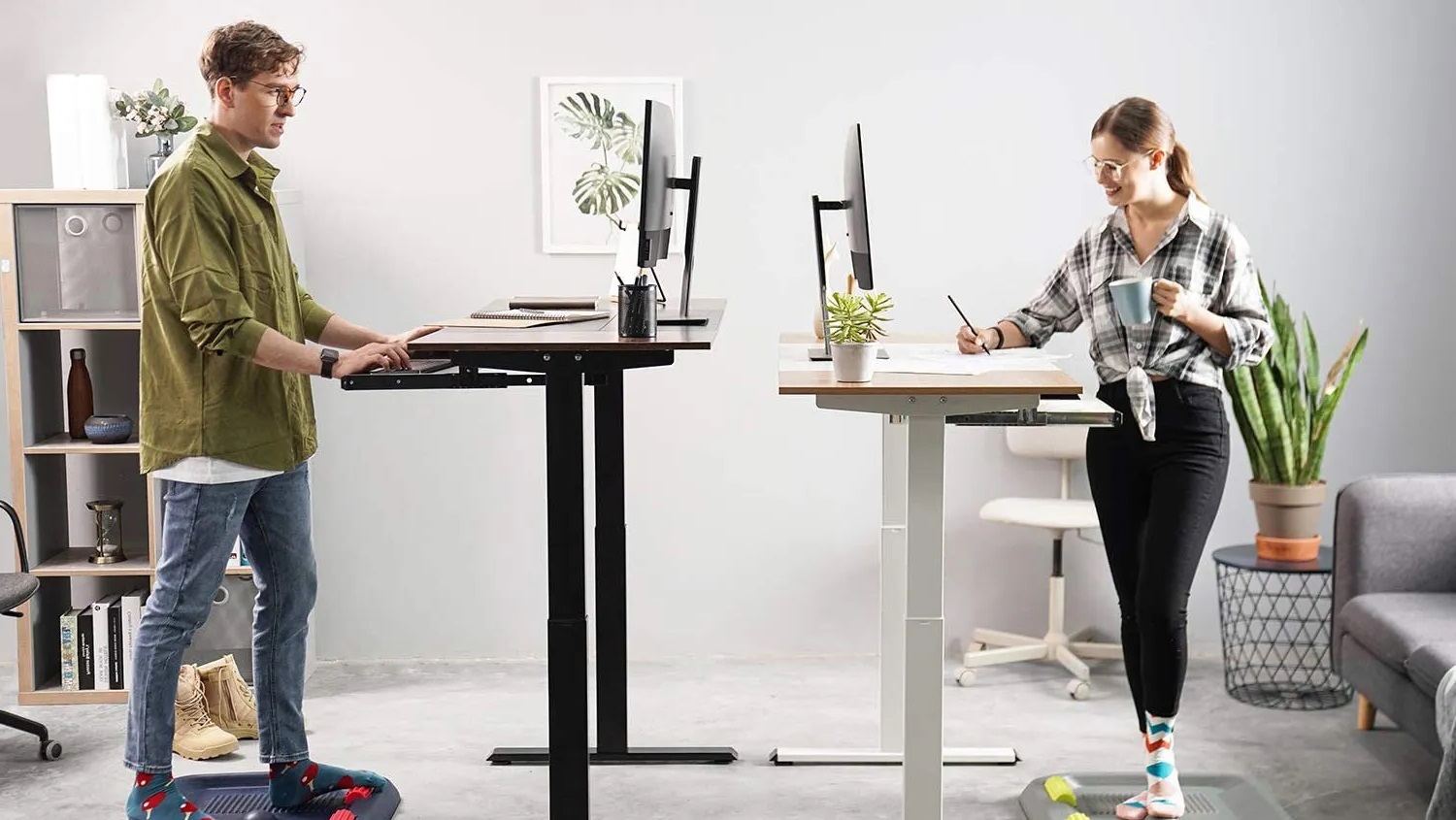
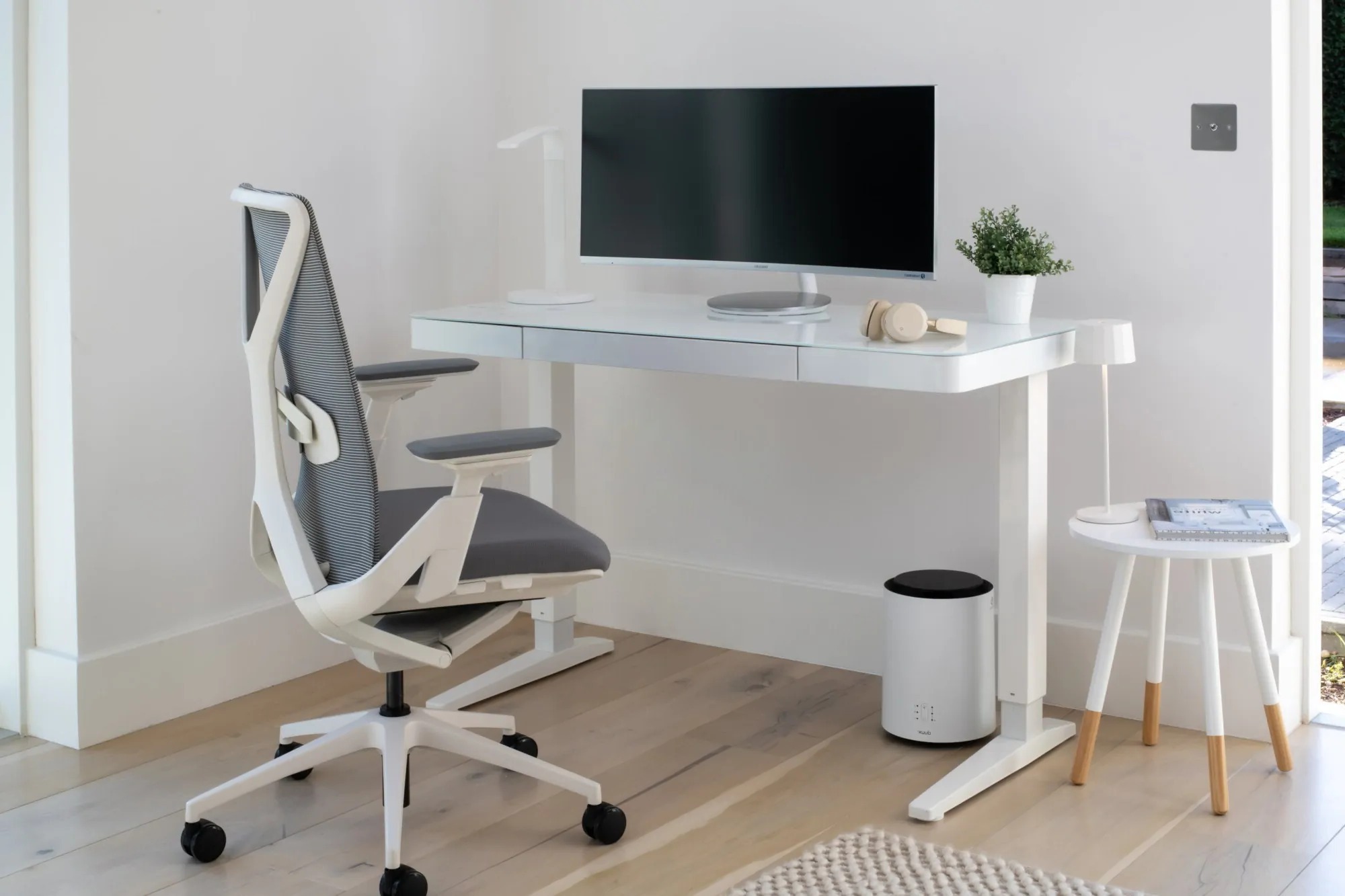
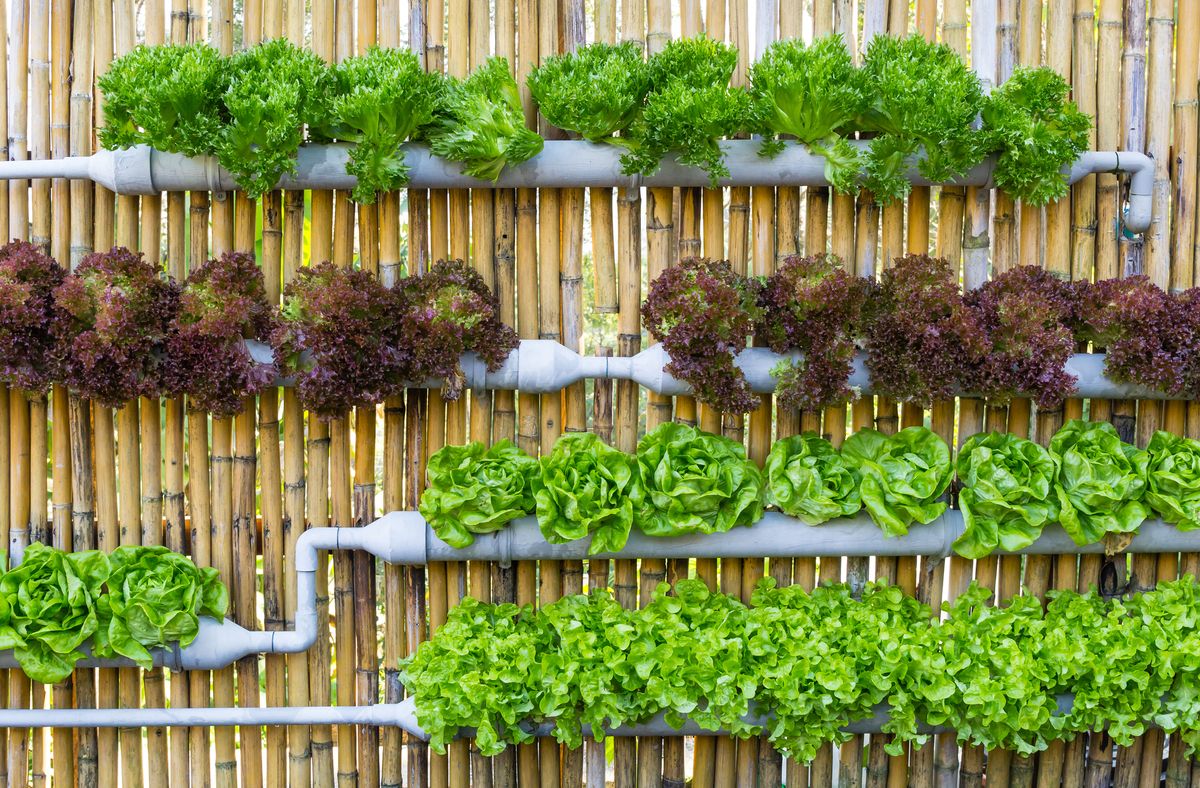
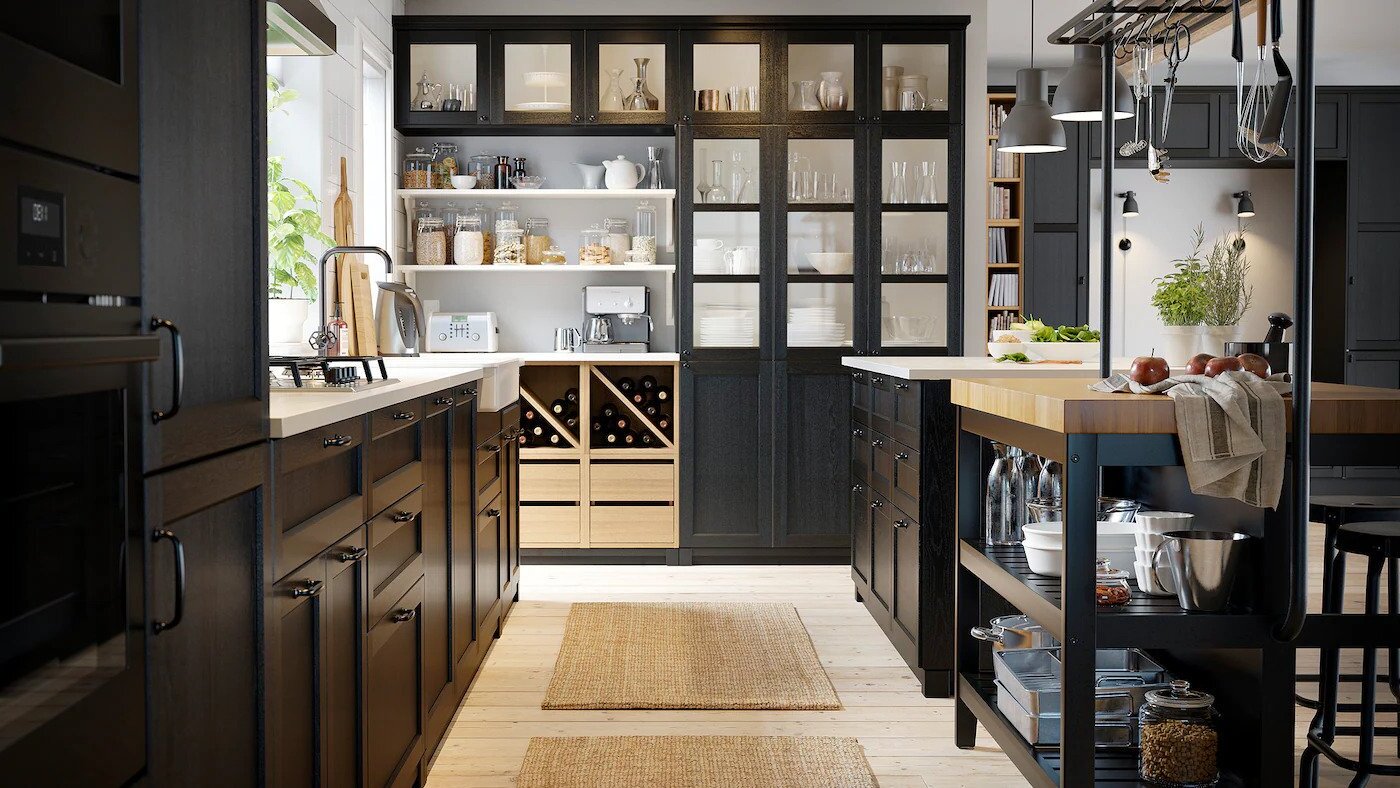
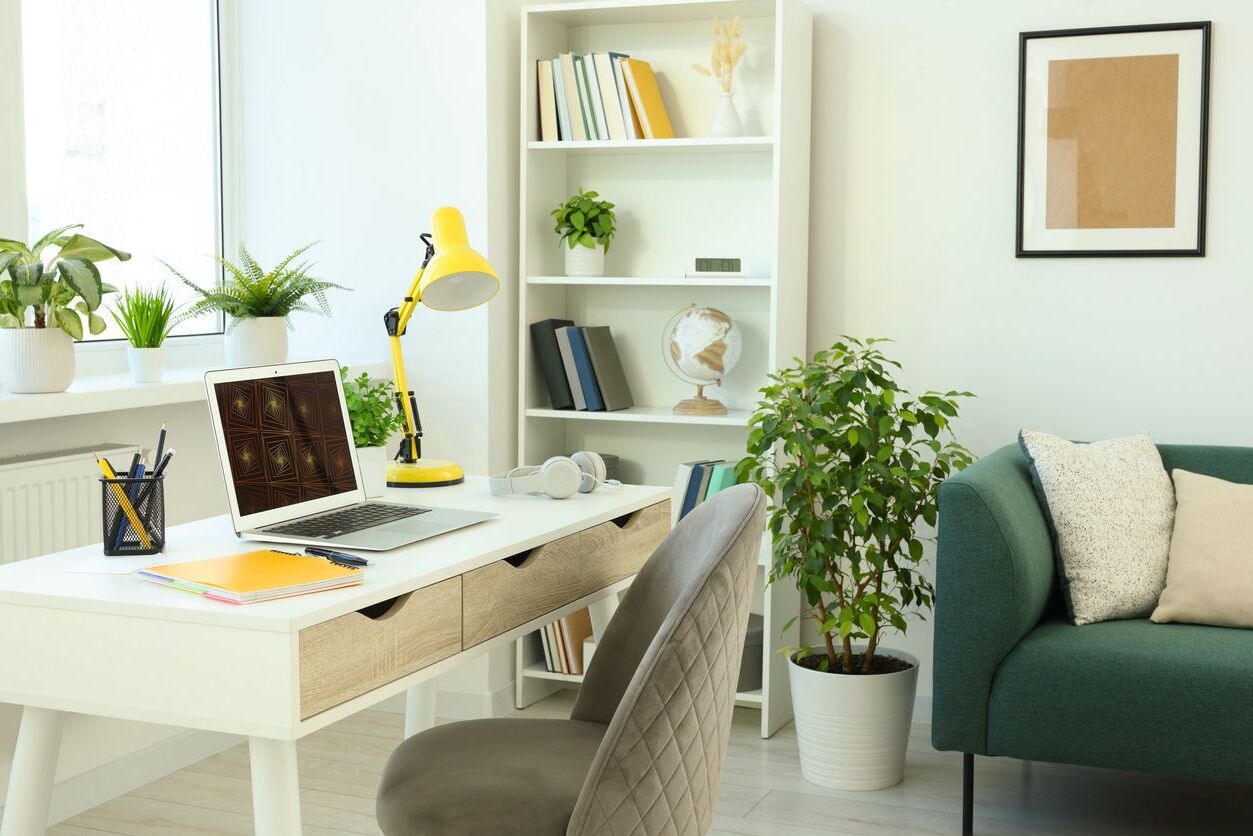
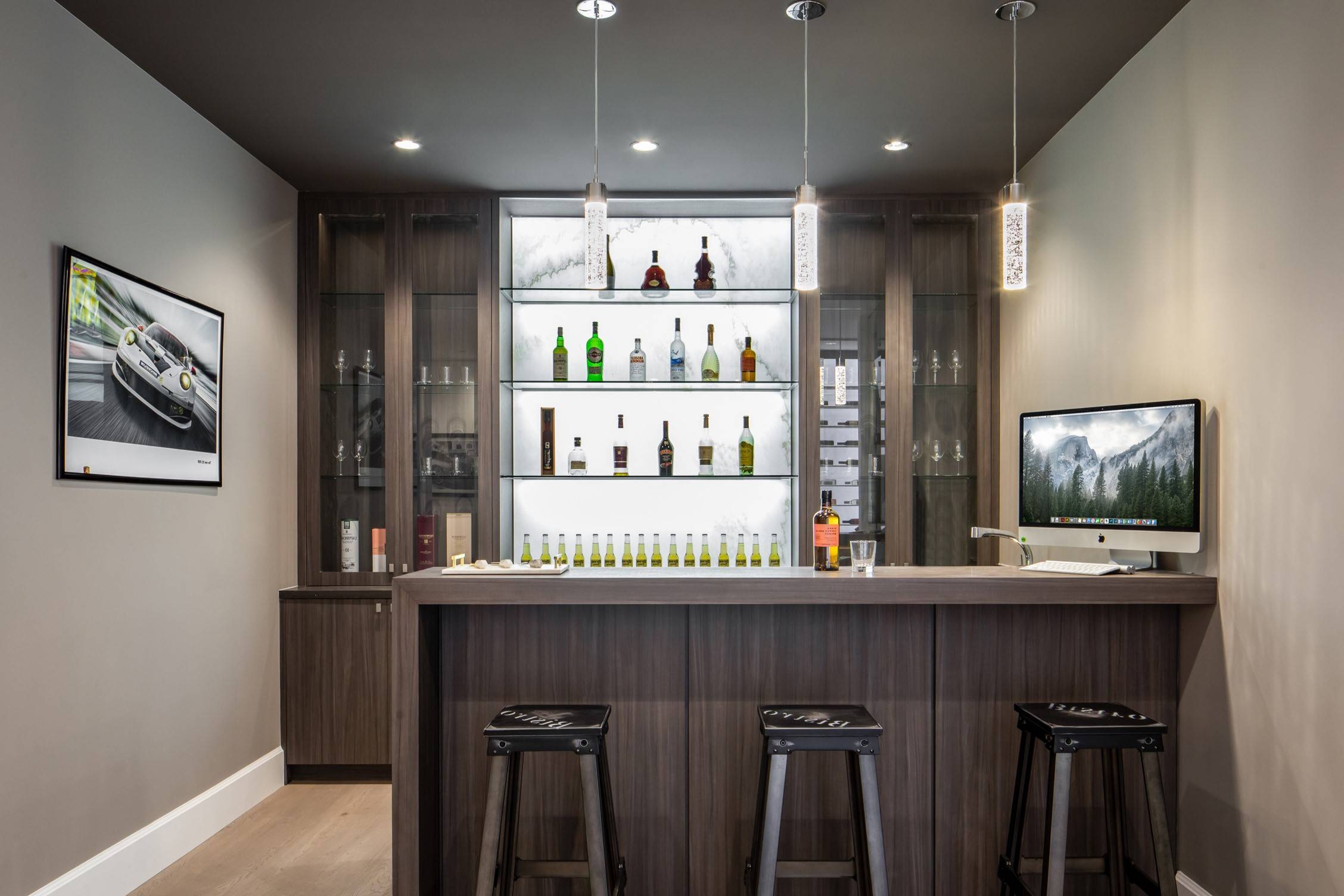
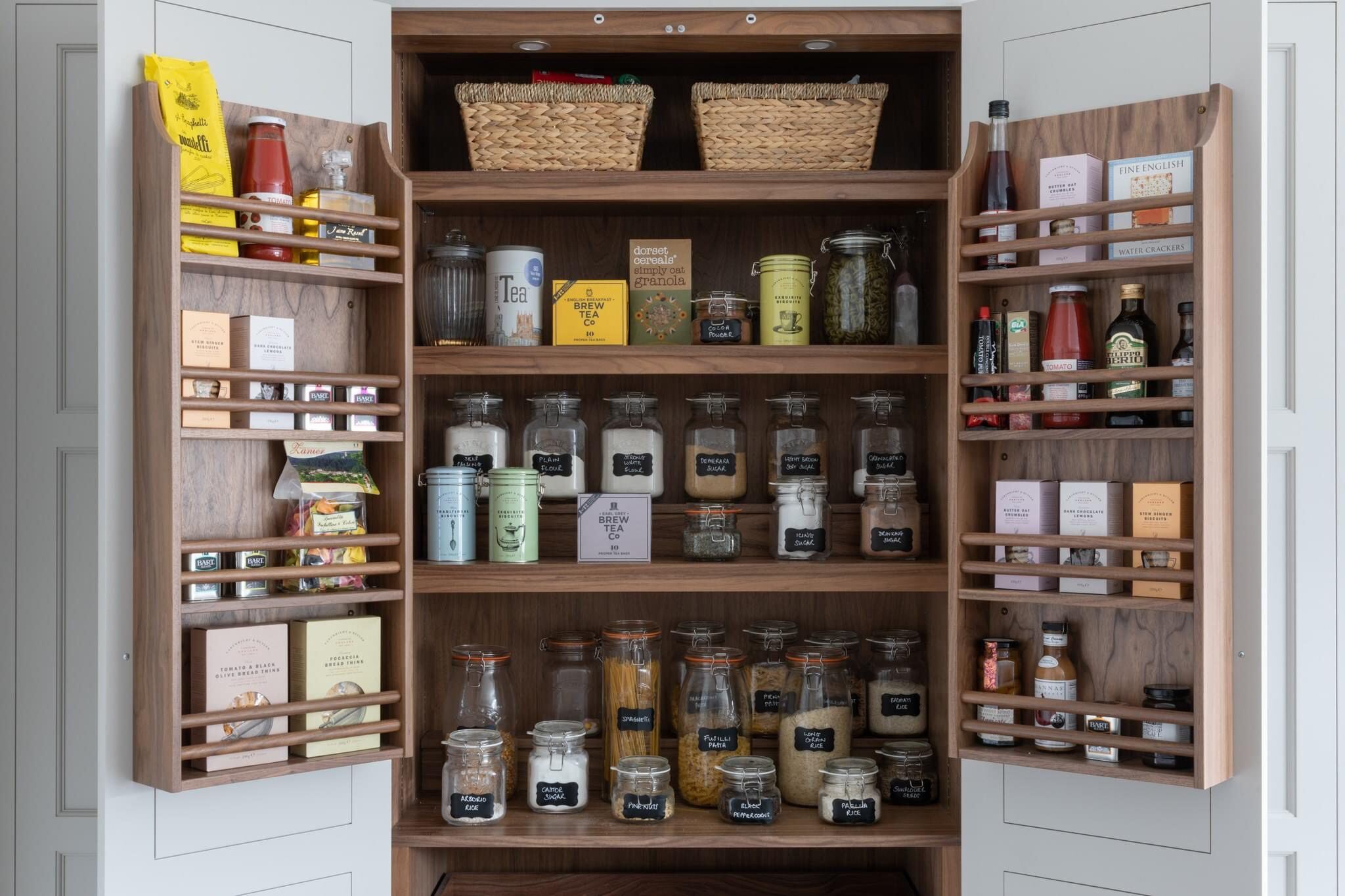
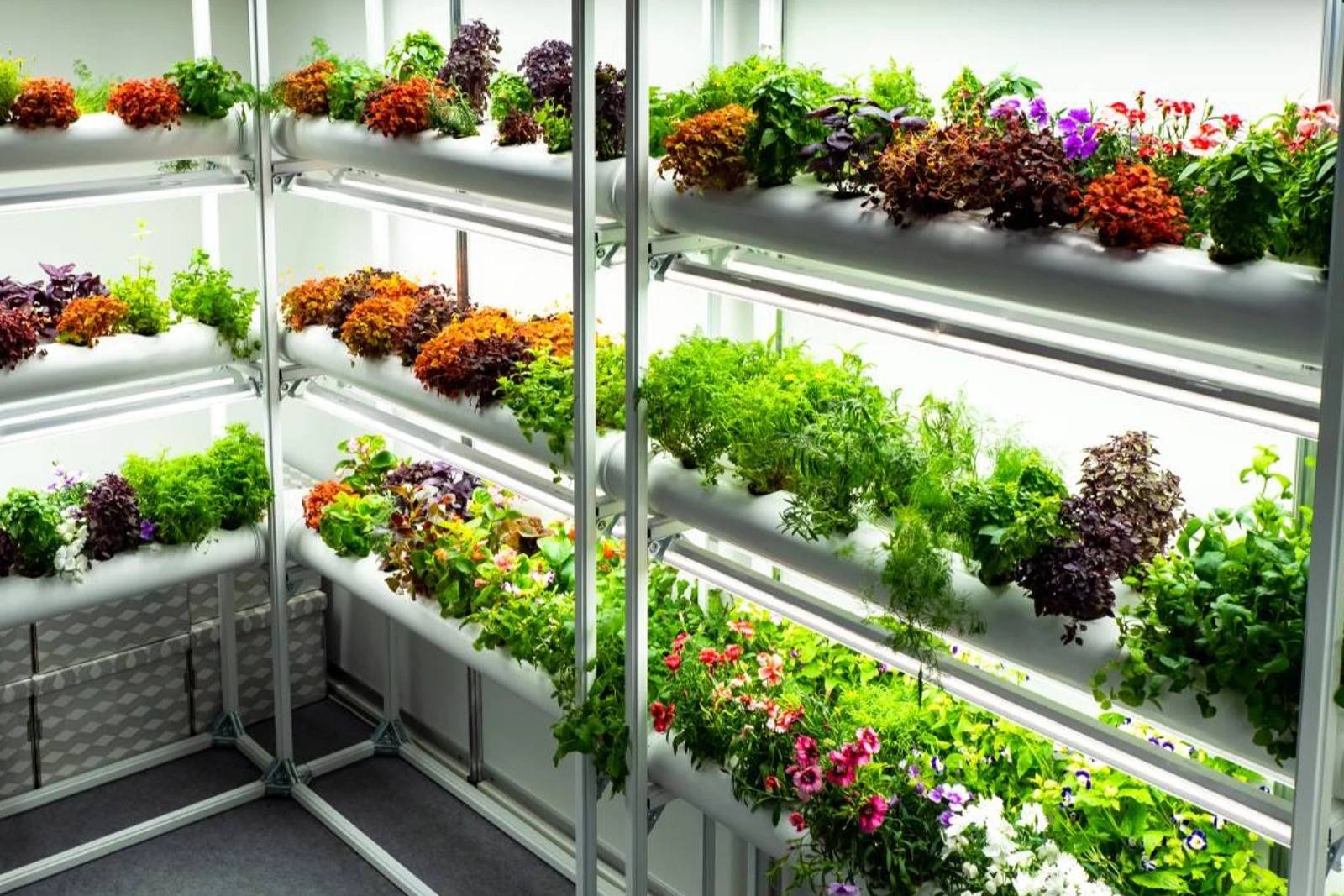

0 thoughts on “Creating A Stylish And Practical Home Office With Built-in Hydroponic Garden”